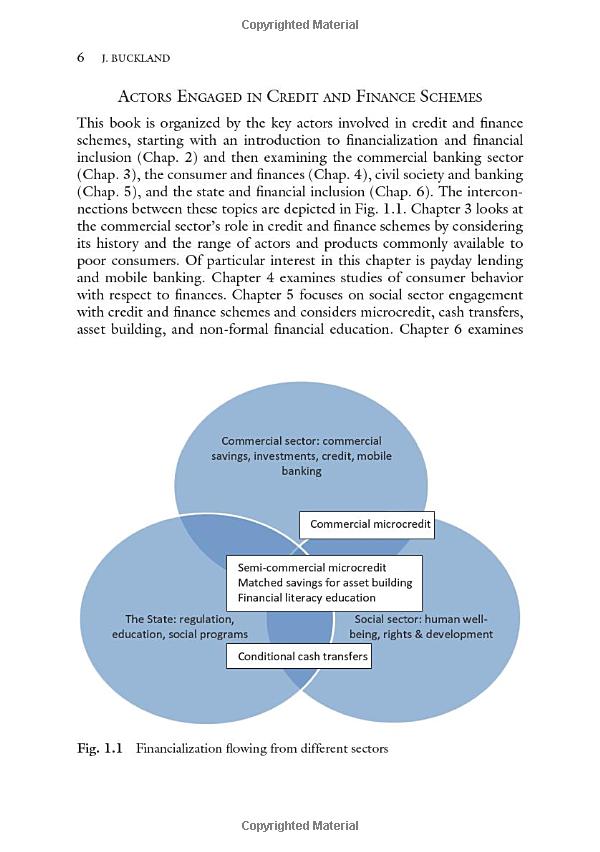Understanding Reverse Amortization Loans: A Comprehensive Guide to Financing Options
#### What is a Reverse Amortization Loan?A **reverse amortization loan** is a unique type of mortgage where the borrower makes payments that are less than t……
#### What is a Reverse Amortization Loan?
A **reverse amortization loan** is a unique type of mortgage where the borrower makes payments that are less than the interest accruing on the loan. This results in the loan balance increasing over time instead of decreasing, which is the opposite of traditional amortization loans. In simpler terms, while most loans require you to pay down the principal over time, a reverse amortization loan allows you to defer some of the interest payments, leading to a growing loan balance.
#### How Does a Reverse Amortization Loan Work?
In a traditional mortgage, each payment you make goes towards both the principal and the interest. However, with a reverse amortization loan, your monthly payments may only cover a portion of the interest, or sometimes none at all. This means that the unpaid interest gets added to the principal balance, causing the total amount owed to increase.
This type of loan can be particularly appealing to borrowers who expect to sell or refinance the property before the loan balance becomes unmanageable. It can also be beneficial for those who anticipate an increase in income in the future or expect to receive a large sum of money that can be used to pay off the loan.
#### Benefits of Reverse Amortization Loans
One of the key advantages of a reverse amortization loan is the flexibility it offers. Borrowers can manage their cash flow more effectively, especially during times of financial strain. Here are some notable benefits:

1. **Lower Initial Payments**: Since payments may only cover a portion of the interest, borrowers can enjoy lower monthly payments compared to traditional loans.
2. **Increased Cash Flow**: The ability to defer payments can free up cash for other investments or expenses, providing greater financial flexibility.
3. **Potential for Future Income**: If a borrower expects their income to rise in the future, they can take advantage of the lower payments now and plan to pay off the loan later.
#### Risks Associated with Reverse Amortization Loans
While reverse amortization loans can be advantageous, they come with significant risks. The most prominent risk is the increasing loan balance. Since the principal amount owed grows over time, borrowers may find themselves owing more than their home is worth, particularly if property values decline.

Additionally, if a borrower is unable to refinance or sell the property before the loan becomes due, they may face financial difficulties. It’s crucial for potential borrowers to carefully consider their long-term financial plans and the implications of taking on a reverse amortization loan.
#### Who Should Consider a Reverse Amortization Loan?
Reverse amortization loans are not suitable for everyone. They may be ideal for:
- **Investors**: Those looking to maximize cash flow in the short term while planning for a future sale or refinance.
- **Homeowners with a Solid Exit Strategy**: Borrowers who have a clear plan for how they will manage the loan balance in the future.

- **Individuals Expecting Increased Income**: Those who anticipate a significant increase in income that will allow them to pay off the loan more comfortably later.
#### Conclusion
In summary, a **reverse amortization loan** can be a useful financial tool for certain borrowers, providing flexibility and lower initial payments. However, it is essential to weigh the benefits against the risks, particularly the potential for an increasing loan balance. Before committing to this type of financing, borrowers should conduct thorough research and consider consulting with a financial advisor to ensure it aligns with their long-term financial goals.